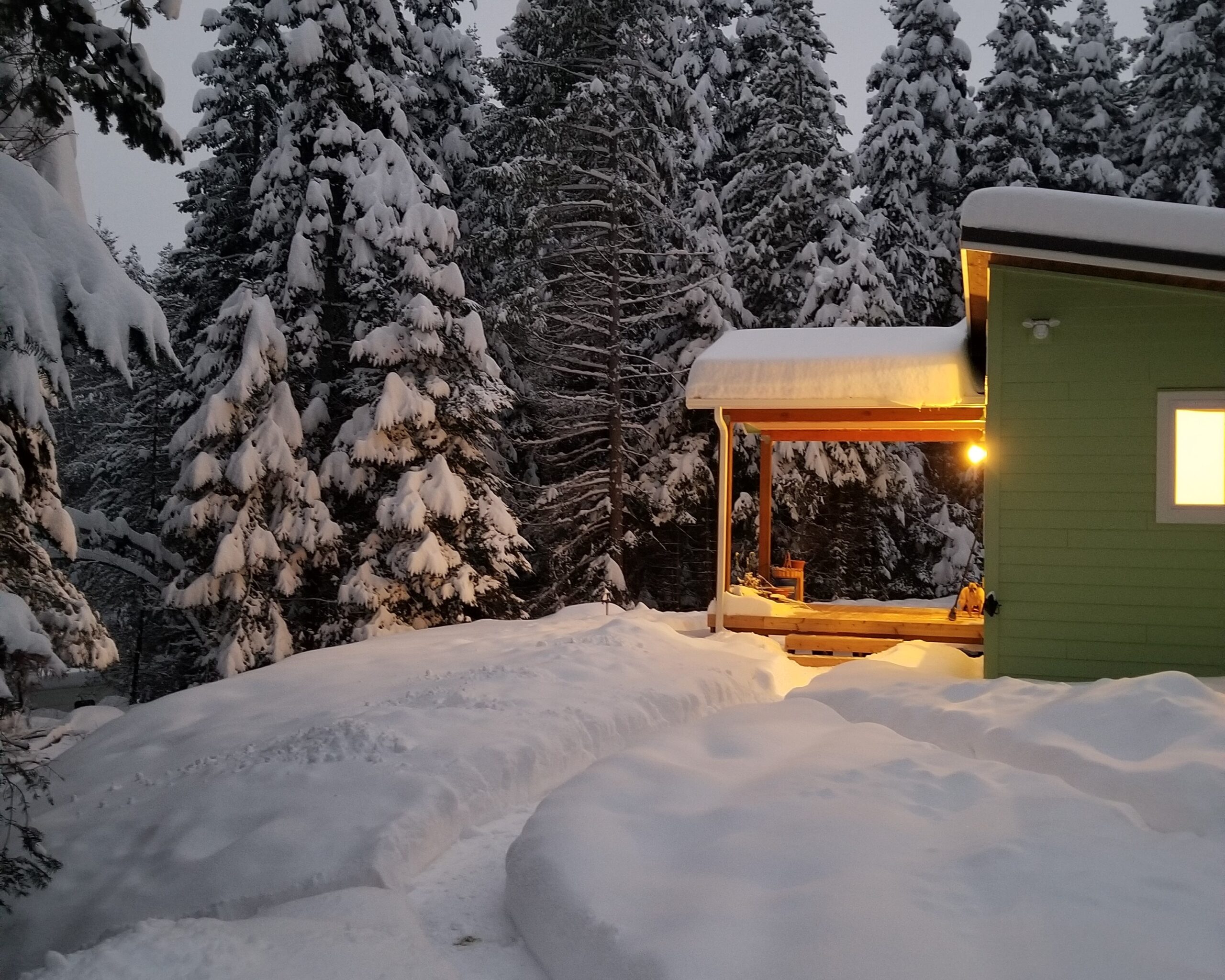Exploring the Differences Between Modular Homes and Tiny Homes
In the ever-evolving landscape of housing options, modular homes and tiny homes have emerged as innovative alternatives to traditional houses. These two concepts offer unique living experiences, each with its own set of benefits and considerations. In this blog post, we will dive into the differences between modular homes and tiny homes, shedding light on their distinct features, design philosophies, and suitability for various lifestyles.
Modular Homes: Bringing Customization and Efficiency Together
Typical Modular homes, often referred to as prefab homes, are built in sections or modules off-site in a controlled factory environment. These sections are then transported to the build site and assembled to create a complete home.
A Wolf home is different in that our homes are fully assembled in our factory, completely protected from the elements, and delivered whole to your site. Wolf homes are categorized as prefab modular, not tiny homes, RVs, or manufactured. Here is a closer look at the key aspects of modular homes:
- Customization: Wolf Prefab Modular homes offer some degree of customization. Homeowners can choose from a range of floor plans, designs, and finishes to create a home that suits their preferences and needs. This adaptability makes modular homes a popular choice for those seeking personalized living spaces. Check out our Options Book for standard inclusions, add-ons, and upgrades.
- Size and Space: Unlike tiny homes, modular homes come in many sizes, ranging from small cottages to larger family homes. This flexibility allows families to choose a size that accommodates their requirements, making modular homes suitable for a wide range of lifestyles. At Wolf, we offer 8 floor plans to suit your needs, ranging from 300 sqft to 1,232 sqft.
- Energy Efficiency: Modular homes are often designed with energy efficiency in mind. The controlled factory environment allows for precise insulation and installation of energy-efficient systems, potentially leading to reduced utility bills and a smaller carbon footprint. Wolf homes follow IRC/IBC building code, the same as on-site stick-built homes.
- Quality Control: Factory construction enables strict quality control measures. Modules are built to industry standards and undergo rigorous inspections, resulting in a well-crafted and structurally sound home. We have inspectors in our factory several times a week doing the required inspections for each home.
- Building Codes: Modular homes adhere to the same building codes and regulations as traditional homes – IRC/IBC. This ensures they meet safety and structural requirements and allows them to be permitted as a permanent structure.
Tiny Homes: Embracing Simplicity and Minimalism
Tiny homes, as the name suggests, are compact dwellings designed to make the most of a small footprint. These homes prioritize minimalism and efficient use of space. Let us explore some key characteristics of tiny homes:
- Size: The defining feature of tiny homes is their compact size, typically ranging from 100 to 400 sqft max. This limited space encourages a simpler and more intentional lifestyle, as residents need to carefully consider their possessions and living arrangements.
- Mobility: Many tiny homes are built on wheels, allowing them to be easily transported by the homeowner with a standard vehicle. This mobility appeals to those who seek flexibility and the ability to change their location without the commitment of a traditional home. Traditional tiny homes are not permittable for permanent placement and are required to be moved periodically. Wolf homes are not tiny home rated and are not designed to be transported by the homeowner. They are permitted by your jurisdiction and placed on a permanent stem wall foundation.
- Sustainability: Tiny homes often prioritize sustainable living. Their small size inherently requires fewer resources for construction and maintenance, and their focus on minimalism encourages reduced consumption.
- Design Creativity: Designing a tiny home requires innovative space-saving solutions. From foldable furniture to multi-functional layouts, tiny homes display creative designs that maximize utility within a confined space.
- Lifestyle Choice: Tiny homes are a lifestyle choice that suits individuals and families seeking to downsize, simplify, and focus on experiences rather than possessions. They can also serve as guest houses, vacation getaways, or backyard studios.
Conclusion: Choosing Your Ideal Dwelling
In the realm of housing alternatives, modular homes and tiny homes offer distinct paths for those seeking something different from the traditional residential experience. Modular homes provide customization, size variety, and energy efficiency, making them suitable for various family sizes and preferences. On the other hand, tiny homes celebrate minimalism, sustainability, and a unique way of life, appealing to those who value simplicity and mobility.
Ultimately, the choice between a modular home and a tiny home depends on your lifestyle, priorities, and aspirations. Whichever path you choose, both options contribute to the evolving landscape of housing that encourages us to rethink how we live and interact with our spaces.





Well written informative!